From tiny turtles making their way to the sea to Aruba’s famous burrowing owls peeking out of sandy burrows — the island is full of incredible wildlife moments. If you’re planning to explore Aruba’s natural side, here’s how to do it respectfully and responsibly — so future visitors can enjoy it too!
🐢 Wildlife You Might See in Aruba
Aruba is home to a surprising variety of animals. Keep your eyes open — you might spot:
-
Shoco – Aruba’s adorable burrowing owl and national bird
-
Sea turtles – Nesting season runs from March to November
-
Iguanas and lizards – Often sunbathing around rocks and gardens
-
Bats – These night fliers pollinate cacti and native plants
-
Migratory & native birds – Great for birdwatching lovers!
✅ How to Watch Wildlife the Right Way
1. Stick to the Trails
When hiking in Arikok National Park or exploring near beaches, stay on marked paths. It protects delicate habitats and keeps you away from sharp plants or steep drop-offs.
2. Keep Your Distance
Getting too close can scare or stress animals. Use your camera’s zoom instead of stepping closer, avoid flash, and never try to touch or feed wildlife.
3. Be Extra Careful During Turtle Season
Sea turtles nest on beaches from March to November. Nests are usually marked by volunteers — do not disturb them or shine lights on hatchlings. Artificial light can confuse baby turtles trying to reach the sea.
4. Use Reef-Safe Sunscreen
Before swimming or snorkeling, check your sunscreen! Avoid products with oxybenzone and octinoxate — they’re harmful to coral and marine life. Use reef-safe, biodegradable formulas instead.
5. Choose Eco-Friendly Tours
Book your excursions with eco-certified guides who care for the environment. Whether it’s a hiking trip, kayak tour, or snorkeling adventure, support local efforts that combine fun with conservation.
6. Leave No Trace
This one’s simple:
-
Don’t leave behind trash
-
Don’t take shells or rocks
-
Pick up litter if you see it
-
Leave everything as you found it
💚 Why It All Matters
Aruba’s beautiful landscapes — from cactus forests to baby turtle nesting beaches — are fragile ecosystems. Every choice you make, like skipping plastic bottles or picking the right sunscreen, helps protect Aruba’s natural beauty.
Let’s do our part so this magical island stays wild and wonderful — not just for today, but for every future visitor too.



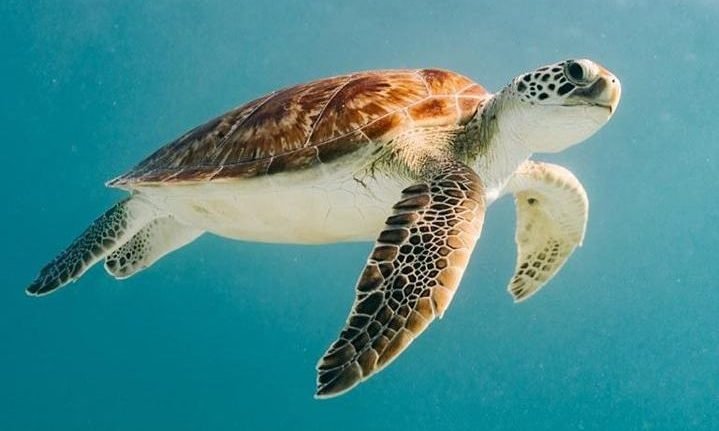

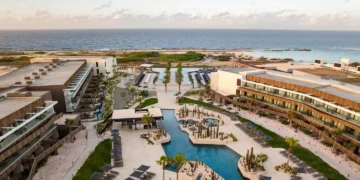
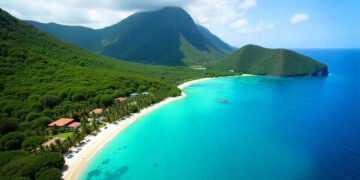
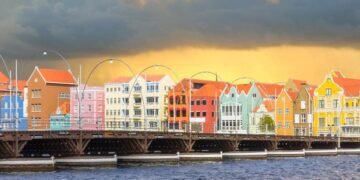


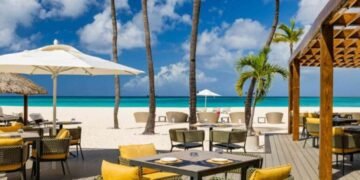













Discussion about this post